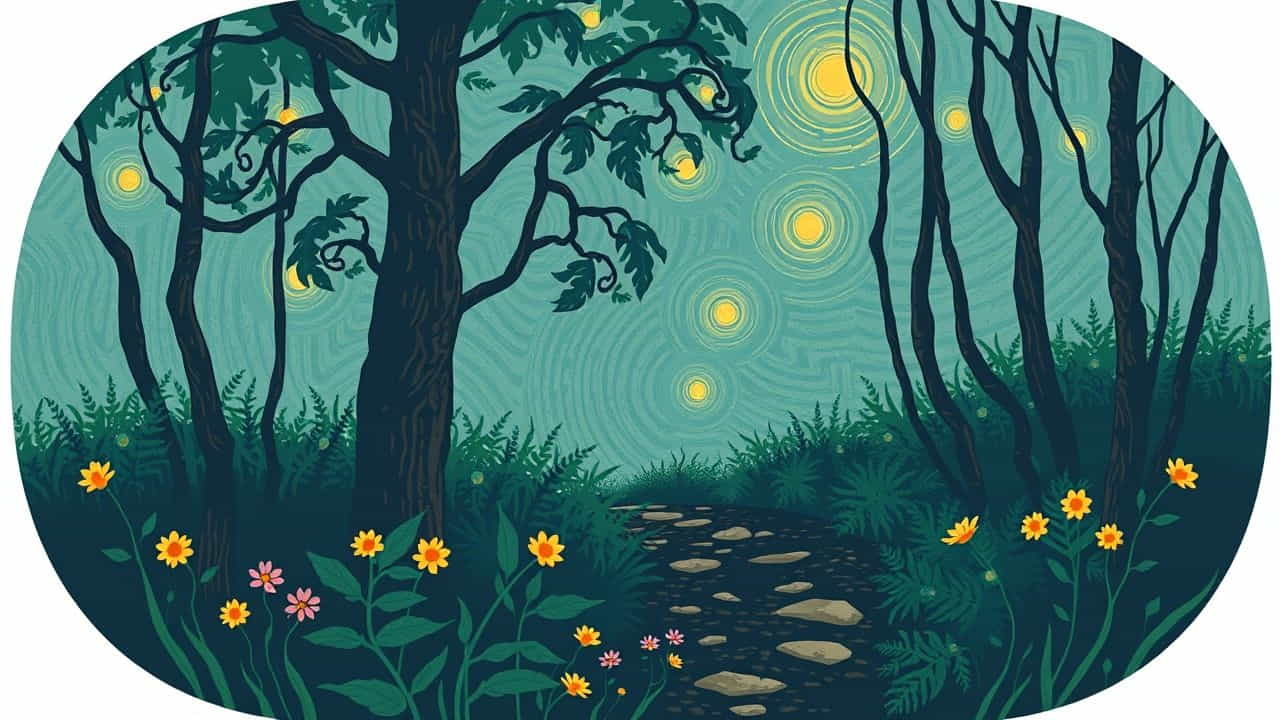Vincent van Gogh’s Starry Night is one of the most famous paintings in art history. Painted in 1889, this masterpiece embodies the emotional intensity and unique brushwork that define Expressionism. The swirling sky, vivid colors, and dramatic movement make it a timeless work of art that continues to captivate audiences.
The Story Behind Starry Night
Van Gogh’s Life at the Time
Vincent van Gogh painted Starry Night while staying at the Saint-Paul-de-Mausole asylum in Saint-Rémy-de-Provence, France. He voluntarily admitted himself due to his struggles with mental health. Despite his emotional turmoil, this period was incredibly productive, as he created some of his most iconic works.
Inspiration for the Painting
The view from his window at the asylum inspired the composition. However, rather than painting an exact representation of the scene, Van Gogh infused it with his imagination, creating a dreamlike quality. The swirling sky, bright stars, and glowing moon reflect his emotional state and artistic vision rather than a literal landscape.
Expressionist Elements in Starry Night
What is Expressionism?
Expressionism is an art movement that emphasizes emotion, movement, and subjective perspective rather than realism. Artists use exaggerated forms, bold colors, and dynamic brushstrokes to express inner feelings.
How Starry Night Exemplifies Expressionism
Van Gogh’s painting contains key Expressionist features:
-
Swirling Sky and Movement: The exaggerated, flowing brushstrokes create an emotional intensity that reflects the artist’s inner turmoil.
-
Bold and Vibrant Colors: The contrast between the deep blues and bright yellows enhances the painting’s dramatic effect.
-
Emotional Impact: Instead of a peaceful night scene, Starry Night conveys a sense of energy and restlessness.
Symbolism in Starry Night
The Night Sky
The swirling stars and moon dominate the composition. Some art historians believe they represent hope and infinity, while others suggest they symbolize Van Gogh’s search for meaning and connection to the universe.
The Cypress Tree
A dark cypress tree reaches toward the sky, creating a link between the earth and heavens. Cypress trees are often associated with death and eternity, possibly reflecting Van Gogh’s struggles and contemplation of the afterlife.
The Village Below
In contrast to the wild sky, the village appears calm. However, the church’s steeple stands out, possibly symbolizing spiritual longing. Interestingly, this town was not visible from Van Gogh’s window, meaning he likely added it from memory or imagination.
Van Gogh’s Unique Brushwork and Technique
Thick Impasto Style
Van Gogh used thick layers of paint, a technique known as impasto, to create texture and depth. This gives the painting a sense of movement and energy, making it almost feel alive.
Dynamic Circular Motions
The swirling patterns in the sky add to the dreamlike quality of the painting. This circular motion is believed to reflect Van Gogh’s emotional intensity and psychological state at the time.
The Influence of Starry Night
Impact on Expressionism
While Van Gogh painted Starry Night before Expressionism was officially recognized as a movement, his work heavily influenced later artists like Edvard Munch and Egon Schiele. The emphasis on emotion, movement, and bold colors became defining traits of Expressionist art.
A Cultural Icon
Today, Starry Night is one of the most reproduced paintings in the world. It appears on everything from posters to coffee mugs, making it one of the most recognizable pieces of art. It continues to inspire new generations of artists and art lovers alike.
Van Gogh’s Starry Night is not just a painting it’s an emotional journey. Through its bold brushstrokes, vivid colors, and expressive movement, it captures the essence of Expressionism long before the movement officially began. Despite the struggles Van Gogh faced in his life, his masterpiece remains a symbol of creativity, passion, and the enduring power of art.
